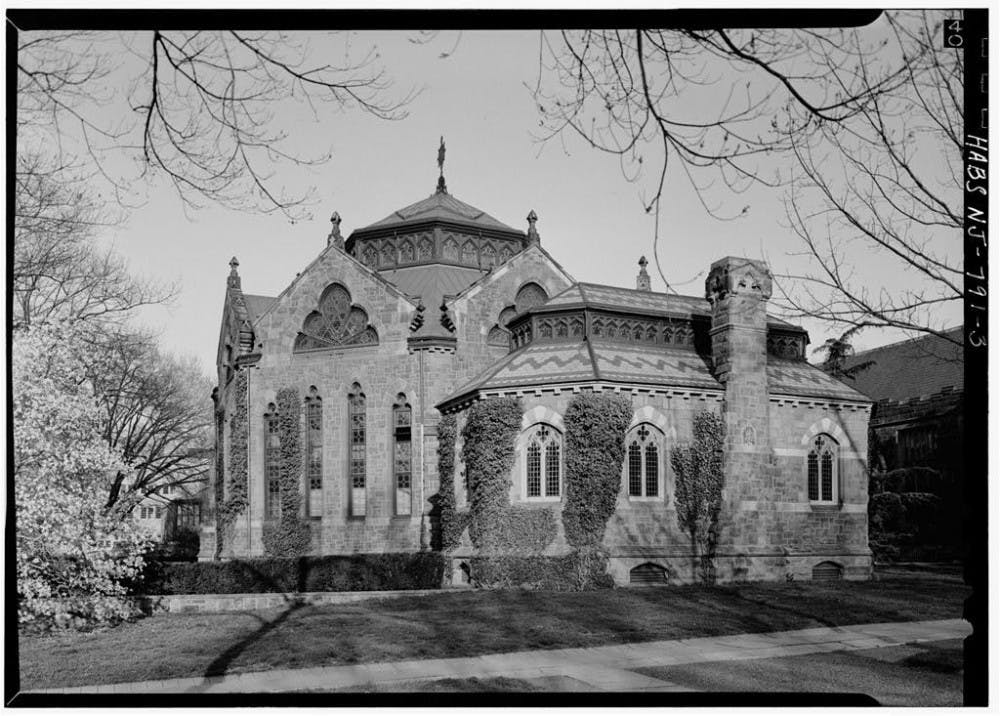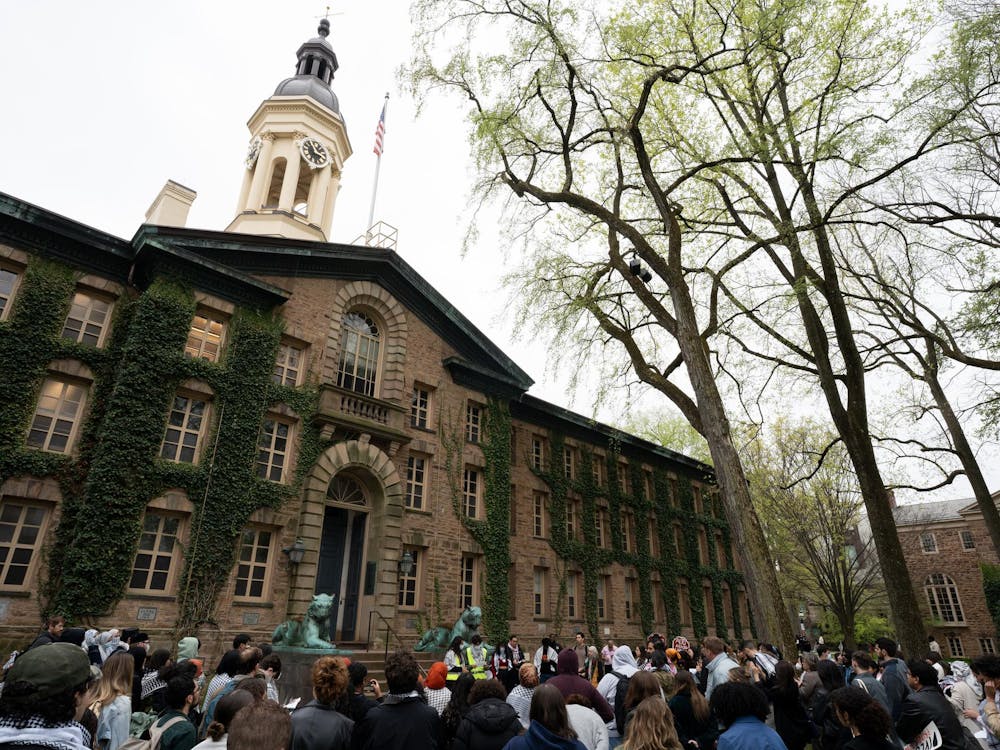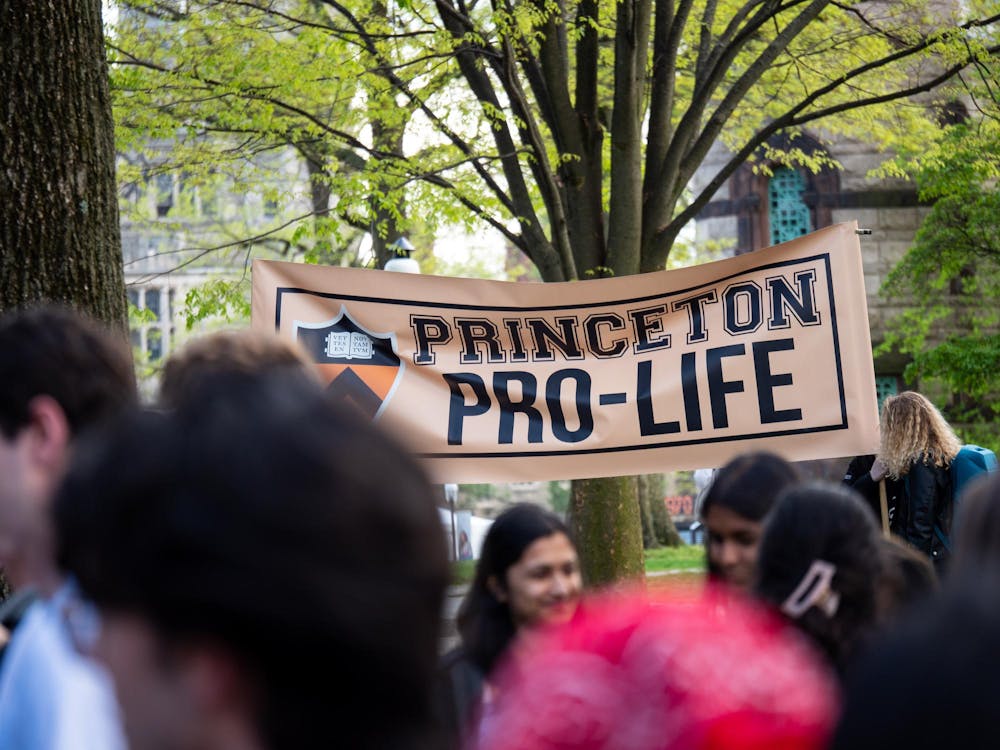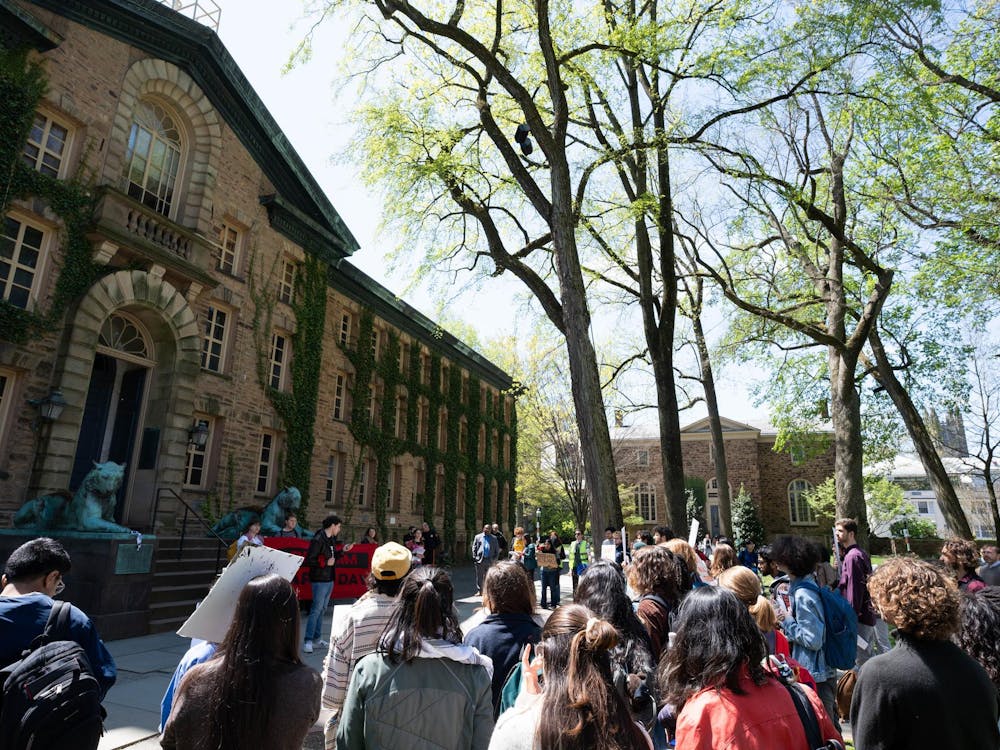If Princeton’s campus were a book, what stories would a visitor read in its stones?
Walking through FitzRandolph Gate, a visitor might notice the class stones that ring the base of Nassau Hall, evidence of the thousands of graduates Princeton has sent into the world. Or a visitor might encounter the statue of John Witherspoon, Princeton’s sixth president and an advocate for American independence, who stands as proof of the University’s age and long history. Passing by the Wilson School, our visitor might marvel at the University’s global importance and its connections to centers of power. Together, campus statues, building names, and public art tell Princeton’s story today.
This story is incomplete. The astute visitor would realize that important parts of Princeton’s history are not reflected in its campus, as they often are at other universities. Despite the long history of women at Princeton, for example, there are few — if any — markers recognizing their presence and contributions. (In contrast, Yale’s monument to co-education, the Women’s Table, has place of pride outside its central library.)
There are no monuments recognizing that Princeton occupies the unceded territory of the Lenape people or honoring the University’s first Native students. (Harvard mounted such a plaque nearly twenty-five years ago.) There are few references on campus to Princeton’s historical dependence on the labor of enslaved people. (Brown installed a large sculpture recognizing its connection to the trans-Atlantic slave trade in 2014, near the oldest building on its campus.) Taken together, Princeton’s campus monuments aren’t truly representative of the University’s past, nor do they reflect the diversity of its student body today.
But unlike a printed book, Princeton’s campus is open to revision by those who know it best: its students. FitzRandolph Gate sat closed and locked for the first 65 years of its existence, opened only for special occasions, until the Class of 1970 asked that it be permanently opened, “as a symbol of the University’s openness to the local and worldwide community.” Those students unlocked the gates to let in the world, and now that openness is a part of Princeton’s story.
Today, some of the more notable gaps in the story told by Princeton’s campus are being slowly filled in. Student researchers for the Princeton & Slavery Project have written thousands of pages about the University’s ties to slavery. The University relied on their work to name a new garden near Firestone Library after Betsey Stockton, and to name the eastern arch of East Pyne Hall after James Collins “Jimmy” Johnson. Stockton, an enslaved woman in the home of Princeton president Ashbel Green, founded a church and school in Princeton after gaining her freedom, while Johnson ran away from enslavement in Maryland and worked on campus for more than 60 years.
A new series of walking tours, (In)Visible Princeton, allows visitors to explore lesser-known parts of the University’s history through their phones. And this semester, Princeton will unveil a new monument near the Wilson School that explicitly grapples with Wilson’s legacy of racism. As we learn more about the University’s history, we can write other stories, previously hidden or untold, into Princeton’s campus.
Now is the time to keep writing. In the past several years, national conversations about history, memory, and place have come home to Princeton. In 2015, the Black Justice League occupied Nassau Hall for thirty-three hours, demanding that the University re-assess Woodrow Wilson’s legacy on campus, especially his presence in building names and public art. Students recently launched the Princeton Reconstruction Project, calling for “an intentional pivot from [Princeton’s] roots as a White supremacist institution to one that reflects the current values it espouses.”
The question of whose history Princeton’s built environment reflects is central to these debates. Indeed, the recent rally planned by a small group of racist white supremacists (which was to take place in Palmer Square, an African-American neighborhood destroyed by white planners in the 1930s) shows how stories about the past continue to shape the present. Adding new monuments to Princeton can make the stories this campus tells more accurate, more reflective, and more inclusive.
There are stories in Princeton’s stones. Together, we can learn to read them — and to write our own.
Sean Fraga holds a Ph.D. in History from Princeton and is a lecturer in the History Department. He teaches HIS 451, "Writing about Cities: Place and Memory," in which students are developing proposals for new campus monuments.










